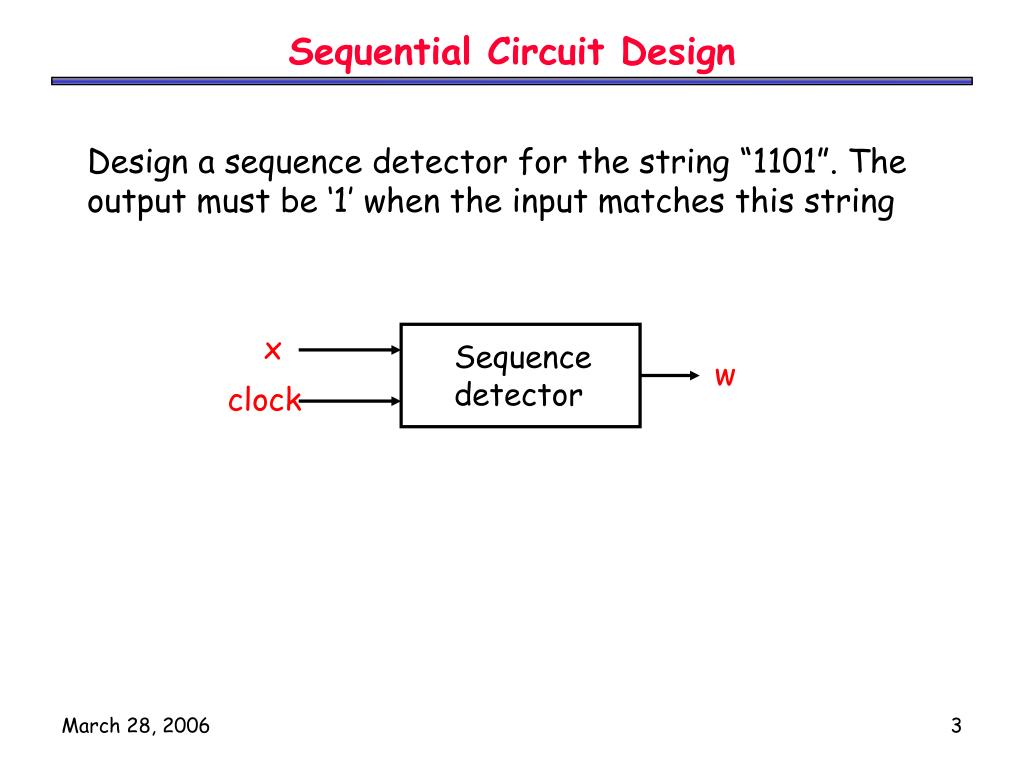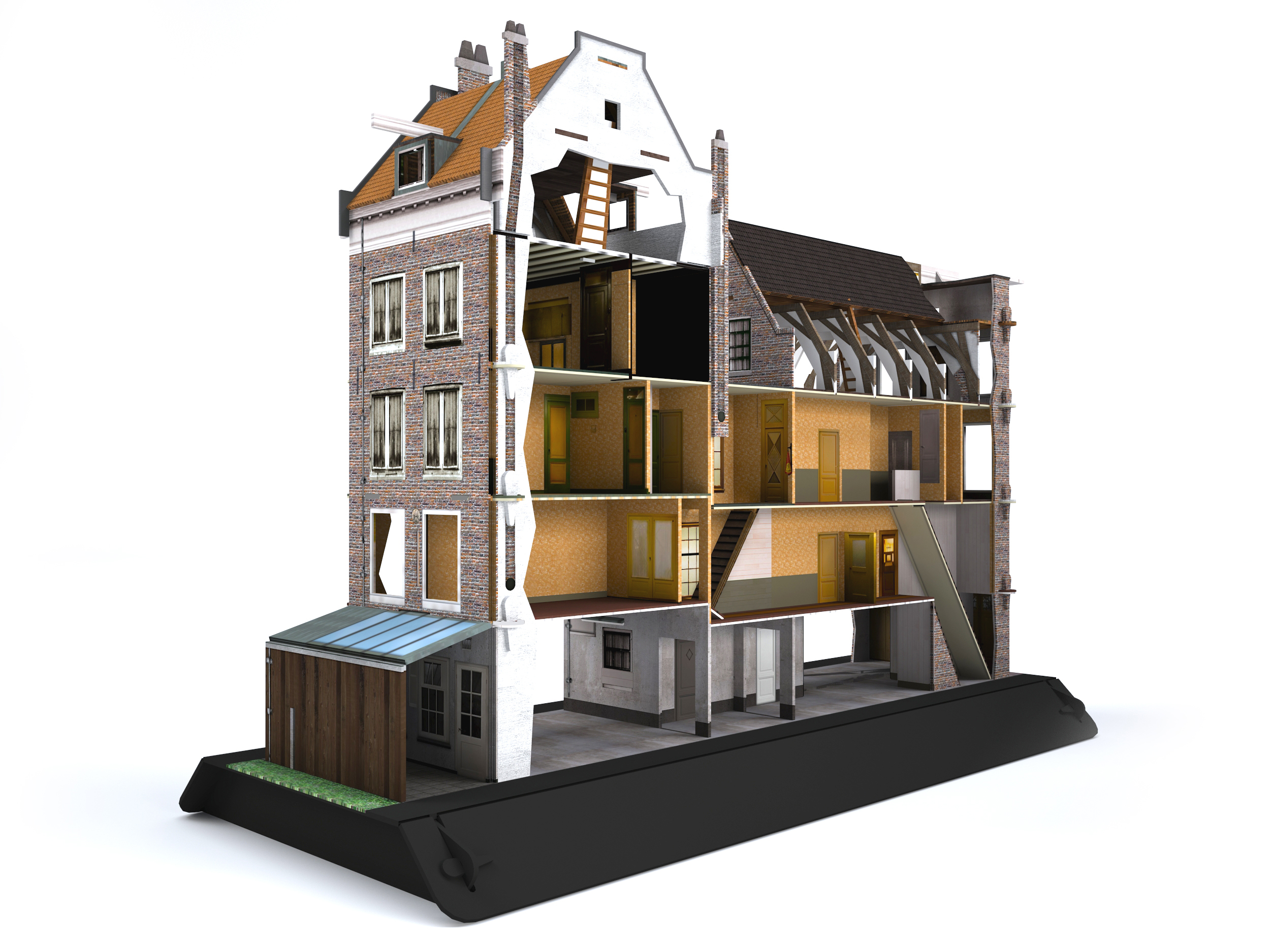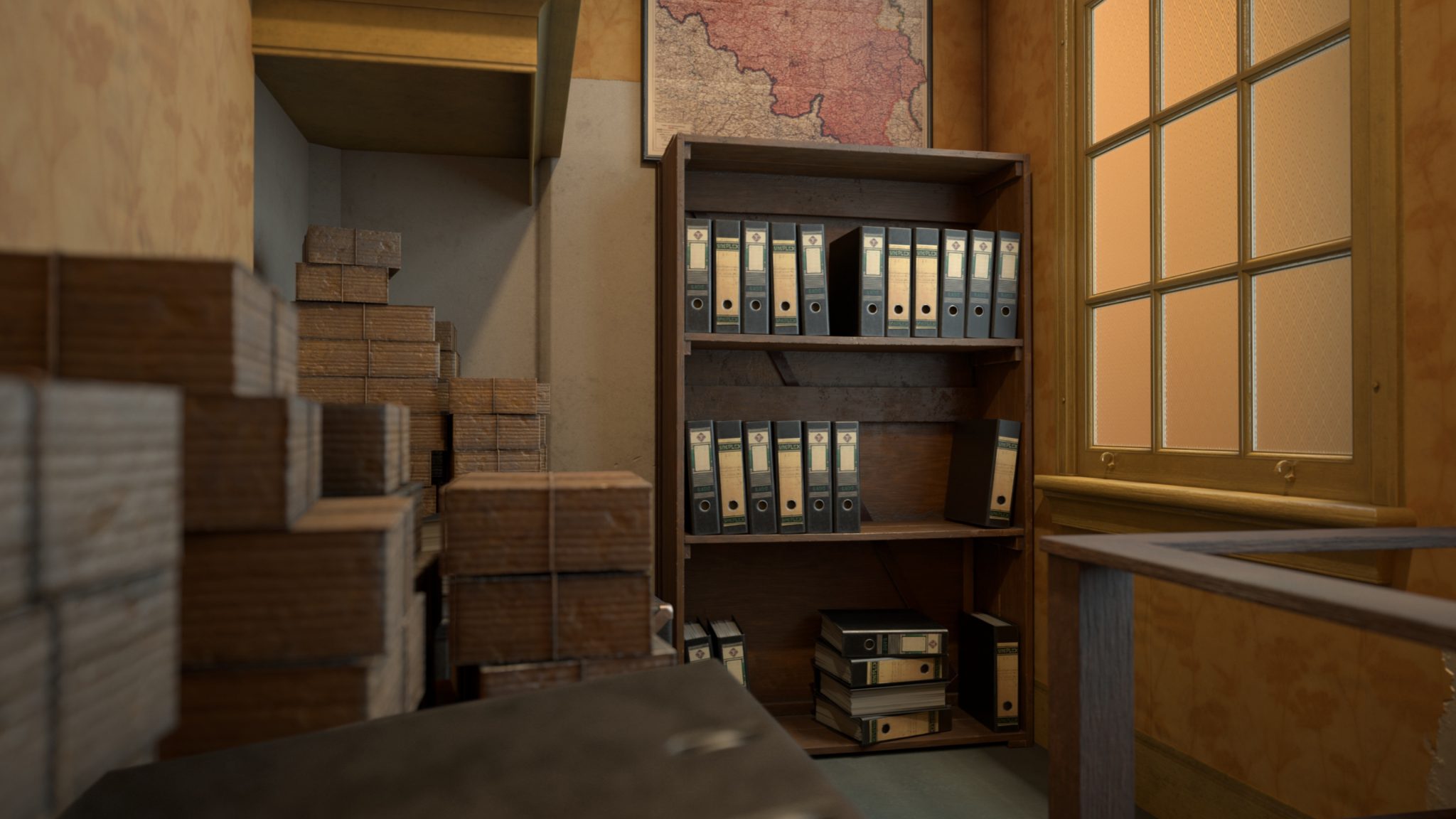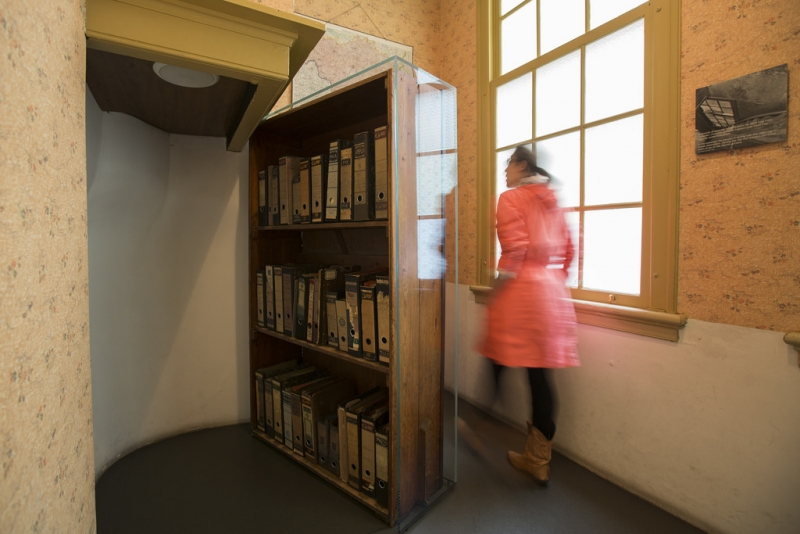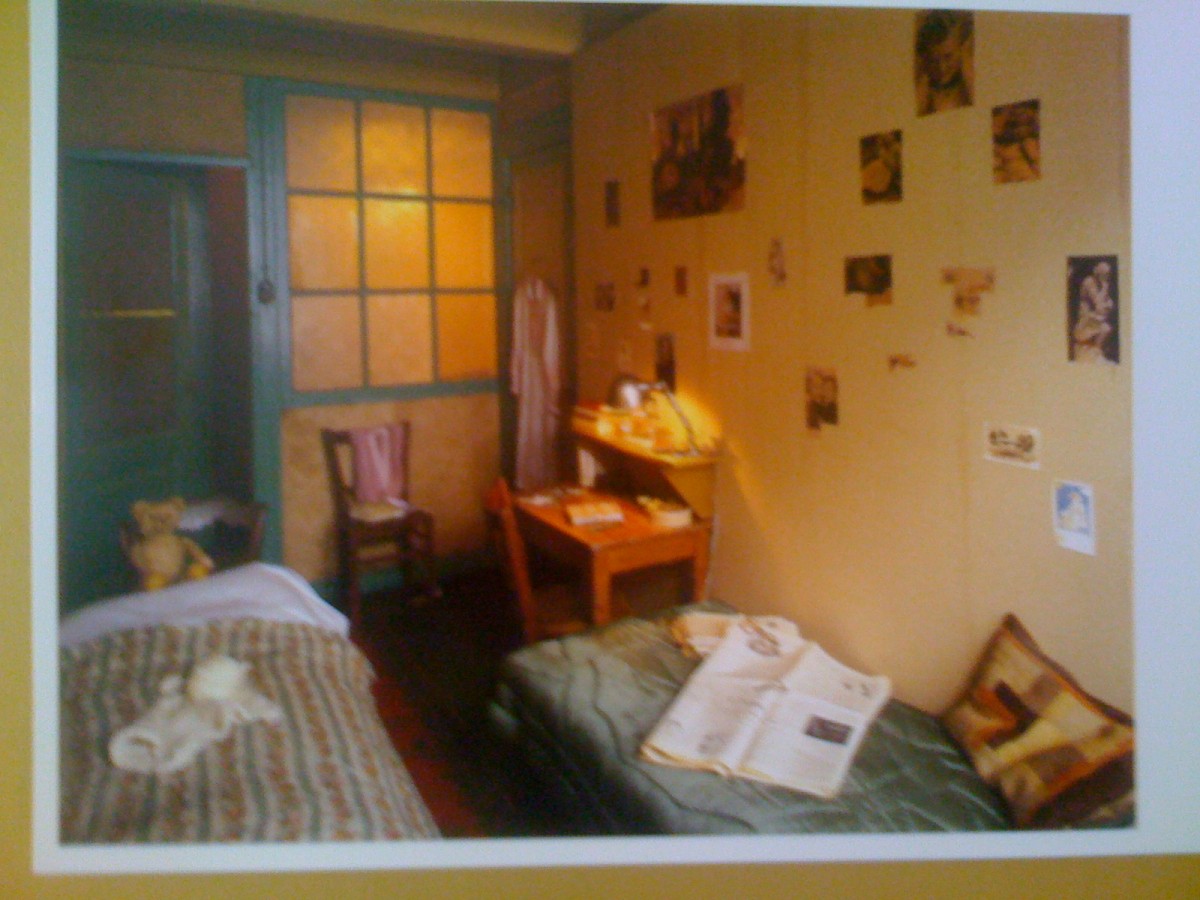Table Of Content
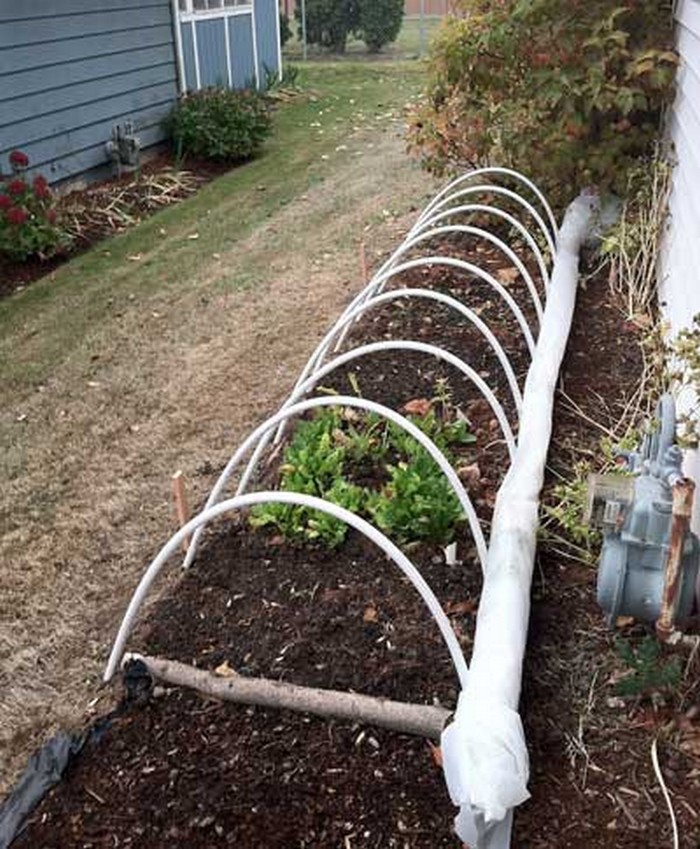
The ideal situation would be to capture any rain that falls on the high tunnel and use it to water the plants. Because research into how to achieve this efficiently is still ongoing, it is not included in most kits. Drip irrigation is the recommended system, and it provides a number of benefits. First, because the water is provided directly to the root zone, there is minimal water waste. Second, because a drip irrigation system delivers water directly to the roots, it reduces the risk of some fungal infections and crop water damage.
Joining short wooden frames if required
The 26′ length gives you plastic to attach to the front and back hoop. The door frame is 1″ X 3″ lumber with a 1″ X 2″ brace just above the middle. The door is 6′ 6″ high and wide enough for me to wheel my old wheelbarrow through it. I used a level to get the door framed with the sides, top and bottom squared. You can also notice the right side of the hoops are bowed a little more than the left side. The string can be let out to hold the window open when desired.
Do You Qualify for a Free High Tunnel?
There the first lettuce crop of the year can be planted in the ground in March instead of May, with the protection of the cold frames. This way, while you are still harvesting lettuce from one plot, you can be growing more lettuce in the other plot, avoiding any gap in your lettuce supply. This width is fixed because we have used a pole bender which is designed for building 12 feet wide hoop houses.
Pot shops owed millions in taxes. So, California sold their bongs and pipes, and made $2,075
We’re based in Southern California and get a complete hoop house shipped to your door within the 48 contigious states in less than 2 weeks. Browse our hoop houses, high tunnels and cold frames below. They come in many sizes and shapes, including our all-purpose Caterpillar Hoop House Kit domed hoop house, arched high tunnel greenhouses and gable-style hoop houses. The frames are made of galvanized steel with poly film roof covers and soft walls . The largest cold frames even have heaters, air fans and motorized shutters to rival permanent greenhouses. Smaller high tunnels can be deconstructed for moving or storage as needed.
Hoop House style Greenhouse Kits
On the inside of the 1″ X 3″ boards running down the side, we placed a dry wall screw in the middle of the space between the hoops. Since most commercial greenhouses are a lot larger than your hoop house you could have years worth of greenhouse plastic. That is not greenhouse plastic and you will have a shredded mess before the end of the first growing season. Those boards were attached by three 1 1/4″ dry wall screws at the top and bottom of the boards. The lengths of 1/2″ PVC conduit were attached to the condensation traps and screwed to them with a 3/4″ dry wall screw. In the spring, fall, and winter, the best plants to grow in a hoop house are cold-tolerant plants like lettuce, spinach, herbs, radishes, turnips, carrots, and beets.
Latest California
You can even let them run around while you are working on your next gardening project. This will not only boost an outdoor activity, but it will provide a unique environment for your children as well. Retractable hoop houses are perfect for growing vegetables year round.
Wrapping the top plastic
When he was 15 years old he started working at a garden centre helping people buy plants, gardening products, and lawn care products. Jamie loves backyard projects, refinishing furniture, and enjoys sharing his knowledge online. If you live in a rental, then a hoop house can be easily put up and taken down with no permanent damage to the site (given that you’re allowed to garden). The cost of a hoop house depends on how big the hoop house is, whether you DIY it or buy a kit, and how many extras you add (fans and heaters). Most hoop houses kits will require some carpentry skills to install. A greenhouse’s usefulness is limited to March through May, when we are starting our garden transplants that are grown outside.
Beat Our Design 🙂
In Nevada, Hitching a Hoop House to a Hospital for a Community in Need - NRDC (Natural Resources Defense Council)
In Nevada, Hitching a Hoop House to a Hospital for a Community in Need.
Posted: Mon, 01 Oct 2018 07:00:00 GMT [source]
Here’s how to build a retractable hoop house greenhouse. There are many options for plastic to use when covering a hoop greenhouse. In this case, non-UV stabilized 6 mil clear plastic sheeting from a lumberyard was used. Using your duct tape, attach the other 40-feet PVC pipe to the edge of the plastic sheet.
Building Departments Might be Unfamiliar with High Tunnels

The findings suggest efforts to draw cannabis growers into the legal market are foundering. All but 68 of the 782 cannabis farms below Post Mountain in Trinity County, for instance, lacked a state license as of early 2022. To estimate greenhouse crops, The Times used industry-supplied yield formulas. Not all greenhouses were filled and some crops were lost to wildfire or police raids, so The Times followed another industry practice and reduced raw crop estimates by 30%. High tunnels, in addition to being agricultural structures, can often qualify as temporary use structures when anchored without concrete footers, or without a concrete pad. Then insert the pipe one foot at a time into the channel and begin bending.
The long sides have skid bases that rest on 2x8-foot pine boards that act as rails. These are placed on the ground on their narrow edges and attached to metal pipes driven into the ground with a sledgehammer (be sure to protect the boards’ ends from the hammer blows). You can also set up your hoop over a raised bed, say 4 hoops per bed.
On sunny days, even if outside temperatures are cool, the air inside can heat up so much as to be damaging to plants. To avoid this, give your hoop house flaps that can be opened daily to allow cooler, drier air to flow through. We start plants indoors before we have the hoop house set up for the growing season. You can easily build a hoop house to cover a raised bed, for example, so that you can use it to protect cold tolerant vegetables through the winter, then remove it entirely for summer. Our hoop house is 14 feet wide by 20 feet long, it is like a giant row cover that you can walk into. We followed Eliot Coleman’s design from his book Four-Season Harvest (Chelsea Green Publishing, 1999).
While it may be harder to grow certain summer vegetables, this couldn’t be further from the truth. Hoop house gardening is a fantastic and economical way to extend your growing season by weeks or, if you’re really committed, all the way through the winter. Keep reading to learn about hoop house gardening and how to build a hoop greenhouse. For small farms, a single-bay house with either a Quonset- or Gothic-style roof, each designed to withstand snow and wind in different ways, is a sensible structure to start with.
With your geographic location and planned seasonal use in mind, orient the structure for optimal sun exposure in winter, but also be mindful of potential overheating in summer. Awareness of known wind currents can also help you position your hoop house for the best ventilation and protection from weather damage. Indian Ridge’s mesa-top location, for instance, sees such high winds that the farmers poured concrete footings for the cross-braces, but most sites will not require that.

It should also be located away from any sources of pollution such as power lines, gasoline stations, and chemical factories. Pour two to three inches of concrete into the base of your greenhouse. Cut the following items into pieces according to the size of your hoop house.
Make sure that the plastic is tightly fastened to the end hoop. Cut 1 inch deep and 4 long grooves from each end of the frame so It will make a joint that can be easily connected to the door supports. We suggest keeping more space between the corner of the frame and the dowel because the hoop pole would be fastened here at the corners. Make sure to position the pole in the grip in such a way that a 9-inch pole is left on the other side of the grip as shown in the Figure below. Having a greenhouse is not important if don’t have a passion for gardening.
Plant a flowering cover crop around the building to attract pollinators. You can also incorporate beehives around the structure if you’re so inclined. Homesteaders who want to augment their income by selling crops must figure out how to lengthen the growing season in their Hardiness Zone. If your growing season is only twenty weeks long, making the majority of your income from your garden will be difficult. If you could prolong your growing season by at least 10 weeks, gardening for profit would be a lot easier. These structures are built using standard building materials and can be installed quickly and easily.



